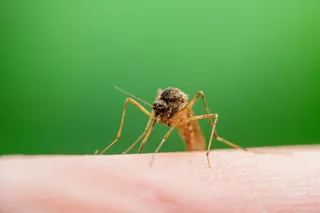The pith: there are differences between populations on genes which result in "novelty seeking." These differences can be traced to migration out of Africa, and can't be explained as an artifact of random genetic drift.
I'm not going to lie, when I first saw the headline "Out of Africa migration selected novelty-seeking genes", I was a little worried. My immediate assumption was that a new paper on correlations between dopamine receptor genes, behavior genetics, and geographical variation had some out. I was right! But my worry was motivated by the fact that this would just be another in a long line of research which pushed the same result without adding anything new to the body of evidence. Let me be clear: there are decades of very robust evidence that much of the variation in human behavior we see around us is heritable. That the variation in our psychological dispositions, from ...













